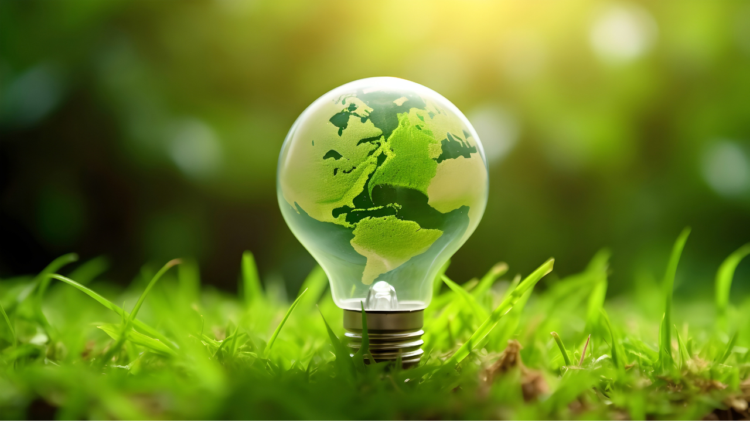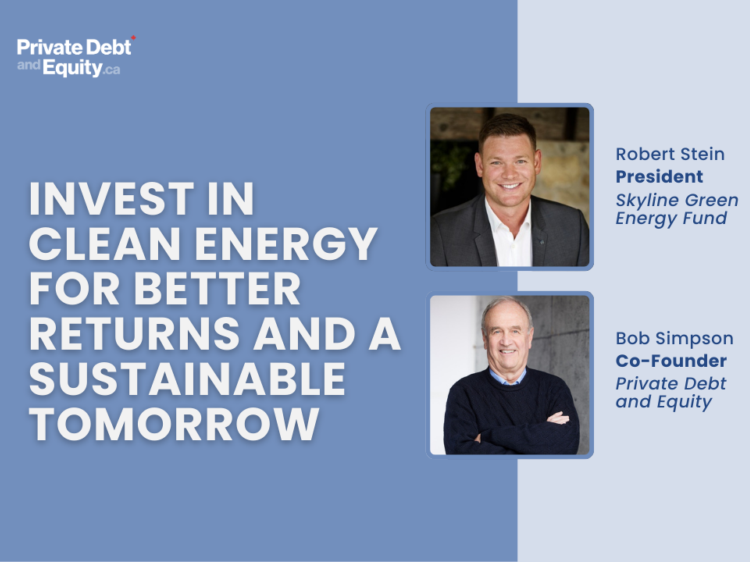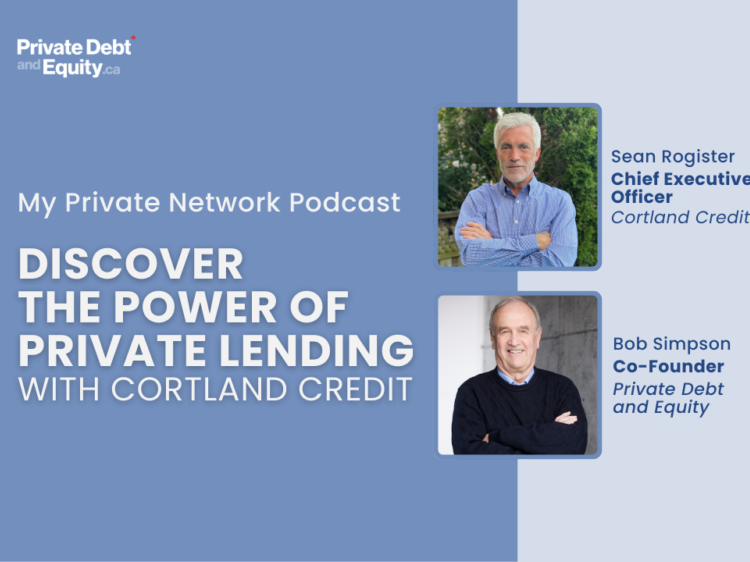Investing in Clean Energy & Renewable Infrastructure provides investors exposure to the clean energy transition through investment in operational solar and biogas facilities that create electricity and renewable natural gas.
Revenues generated from clean power generation systems are backed by long-term power purchase contracts through FIT Contracts with the Ontario Provincial Government and private purchase agreements with credit-worthy counterparts. The combination of renewable infrastructure and long-term purchase agreements provides investors with the potential for a predictable and steady income stream.
Suitability
Investing in purpose-built renewable infrastructure backed by long-term contracts is for those seeking stable long-term growth with minimal volatility and the potential for exceptional growth by way of consumer demands within the energy space.
Why invest in
Clean Energy & Renewable Infrastructure?
Growing Demand
Canada has one of the highest per-capita energy consumption rates in the world due in part to climate and a widely dispersed population. In addition, high levels of immigration are now the key driver of population growth and added energy demand. It is expected that energy demands in Canada will grow by 44% by 2050 to continue to meet population growth projections.
Climate change and government intervention has also placed significant important on the demand for renewable energy sources. Part of the federal government’s overarching goal for the economy to get to Net Zero by 2050, is to create low- or zero-emission electricity grids across Canada by 2035. This has increased popularity in solar photovoltaics, which are the fastest-growing electricity source.
Lack of Supply
Canada’s current energy supply grid cannot meet the demands of the growing population. It is imperative that to meet the growing demands within the next decade, Canada begins shifting to climate-friendly technologies, like renewable energy infrastructure.
One of the largest issues that the current energy grid faces is the lack of supply during peak hours, and the energy waste generated during those off-peak hours. There is a need for alternative energy solutions that provide on-demand supply during peak hours. Renewable energy infrastructure, such as solar and biogas, can store energy via batteries during off-peak hours to then distribute it back to the grid during hours when supply is needed the most. Thus, addressing the supply and waste issues seen in the current systems.
Opportunity
On a global scale, renewable power is set to grow at five times the rate of conventional energy by 2035, accounting for 20% of the global energy needs. And new renewable energy technologies create opportunities to enhance existing assets while also creating new assets, to improve performance and address the gaps within the market.
As the Canadian government continues to focus on its Net Zero goals by 2025, opportunities to work with both the public and private sectors together to find growth opportunities within the renewable energy space.
Finally, user demand has created a shift in the demand for renewable power. We see this in the uptick of the share of hybrid and full-electric vehicles, with the total in sales more than doubling over the last decade, to 16% from 7% a decade ago, which is increasing power output demand on the grid.
Government and Corporate Backed Contracts
While driving Canada’s Net Zero goals, the Canadian Government has also created opportunities within the renewable energy space by offering incentives to support the energy transition with long-term government-backed contracts, ie. Ontario Renewable Energy Standard Offer Programme (RESOP) and the Feed-In Tariff (FIT) Program.
Within the private sector, businesses and power providers are continuing to engage in Private Purchase agreements with renewable energy producers to source clean power directly from the source.
These contracts on both the public and private side are designed to promote the use and production of renewable energy sources, offering stable long-term contracts that benefits adopters, developers and investors within the renewable space.
Diversified Revenue Stream
The renewable energy space offers diversification within its revenue stream, focusing on the benefits presented within a circular economy. An alternative revenue source when producing clean energy is generated through carbon credits, which can be used by carbon polluters to offset their carbon footprint. As penalties and restrictions tighten up these carbon credit values are expected to rise in the future.
Other revenues generated within clean infrastructure, specifically biogas facilities, include tipping fees, which is a fee to dispose of waste in a landfill. These fees are backed by municipal or private contracts to divert Organic waste/green bin waste. An increase in population comes with an increase in waste production. Waste diverted to biogas facilities reduces the carbon impact by 25x times.
Biogas facilities also can generate revenue sources through a by-product called digestate, which is sold to farmers as an organic fertilizer and is preferable to traditional fertilizers.
Risks & Volatility
Operational Risk – Ability to operate assets to ensure they are functional and efficiently run
Liquidity
While investors should consider an investment for the medium to long term, liquidity is monthly, subject to an initial 4 month lock up period. Private funds may restrict withdrawal requests mostly due to high volumes of redemptions during short periods of time.
Potential Returns
Target return is in the range of 8-12%
Taxation
Growth is generated by unit value increases and therefore deferred capital gains until disposition.



